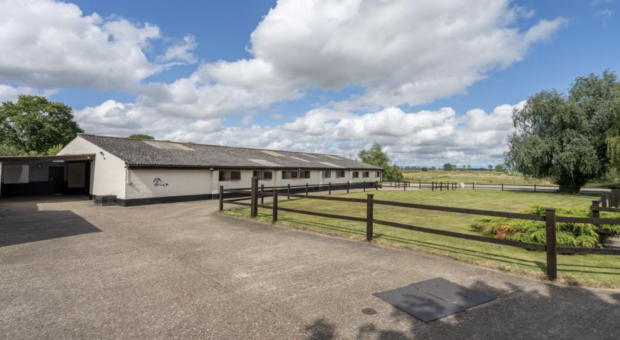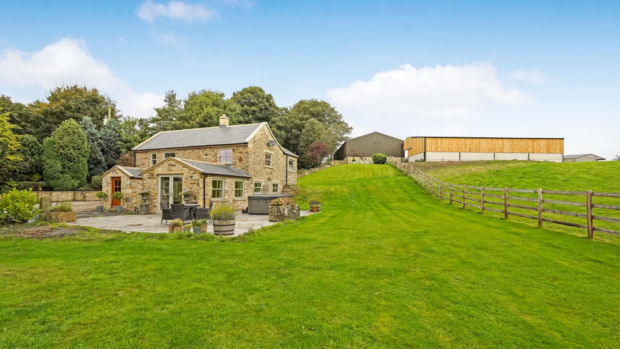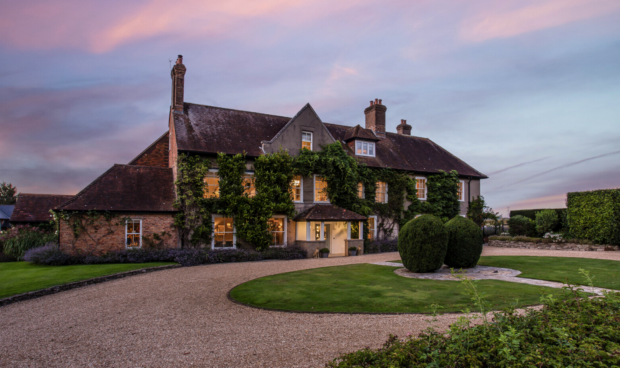Come autumn, an unusual species of buyer starts making an appearance at estate agents’ doors around the country. Event riders clad in jodhpurs and yard boots are prowling for a new home.
“Event riders view houses in horsey gear — no court shoes and handbags,” jokes Sophie Salter of Fisher German.
But then their attire is perfectly suited to their house-hunting approach. Even more than other riders, eventers put their horses first when looking for a property. And their sport places a number of often-contradictory demands on a rider’s house. An eventing home needs to be close to the motorway network. But it must also be set in a relatively tranquil area.
“Access to good roads and competition centres is always important. Good, quiet and safe hacking is a high priority too,” says Diana Rowell of Churchill Country & Equestrian.
Gloucestershire, which is home to Badminton and Gatcombe as well as plenty of lush countryside, tops the pecking order of eventing counties. However, leading competitors live anywhere from Leicestershire and Worcestershire to Dorset and Surrey, so long as good transport links and decent countryside are within easy reach.
But if you thought striking the right balance between first-class roads and rural idyll would be the hardest part of buying an eventing home, you’d be in for a surprise. The rest of the wish-list is likely to give an estate agent a massive headache.
High on any good eventer’s list is a 60x20m outdoor school with a decent surface and lighting. An indoor school would be even better, but finding one is often a problem.
“If you have to build it from scratch, you won’t get planning permission easily,” warns Robert Fanshawe of Knight Frank.
And sometimes “it is not so much a question of finding a property with an indoor school but more of paying the rates on one,” says David Rumsey of Pelhams.
Serious competitors like a good manège, a covered horse-walker and enough land to fit a cross-country course or a gallop.
The yard itself should be compact and accessible and, although event riders don’t necessarily need a huge number of boxes, their stables need to be sturdy, well proportioned and with good ventilation. Large tackrooms and wash boxes with solaria are plus points.
Security is also crucial throughout the yard to prevent valuable horses and tack from being stolen. Well-fenced paddocks, CCTV and an on-site grooms’ cottage are all helpful additions.
Inevitably, the main house itself comes at the bottom of the pile, especially for professional eventers.
“Generally, amateur places will have better emphasis on principal accommodation, whereas professional places will have more emphasis on the facilities, communications and access,” says Fanshawe.
Even so, finding the ideal home is hard. “Between location, topography, soil type and accommodation, you’ll need to compromise at some stage. Few properties will tick every box,” warns Fanshawe.
He urges prospective buyers to look at the possibility of converting a dairy farm.
“They often make great eventing yards — just ask William Fox-Pitt (pictured). They have good grass, they are usually not too hilly and have plenty of good buildings where you could perhaps put an indoor school. They have adequate access for a lorry and are well fenced, which always helps. And usually the house is not too big.”
Fanshawe has a final piece of advice for house-hunting eventers: start looking for your home now. That way “you can sort the paddocks, facilities and accommodation in time for the spring”.
SUBSCRIBE TO HORSE & HOUND AND SAVE Enjoy all the latest equestrian news and competition reports delivered straight to your door every week. To subscribe for just £1.43 a copy click here >>
|




